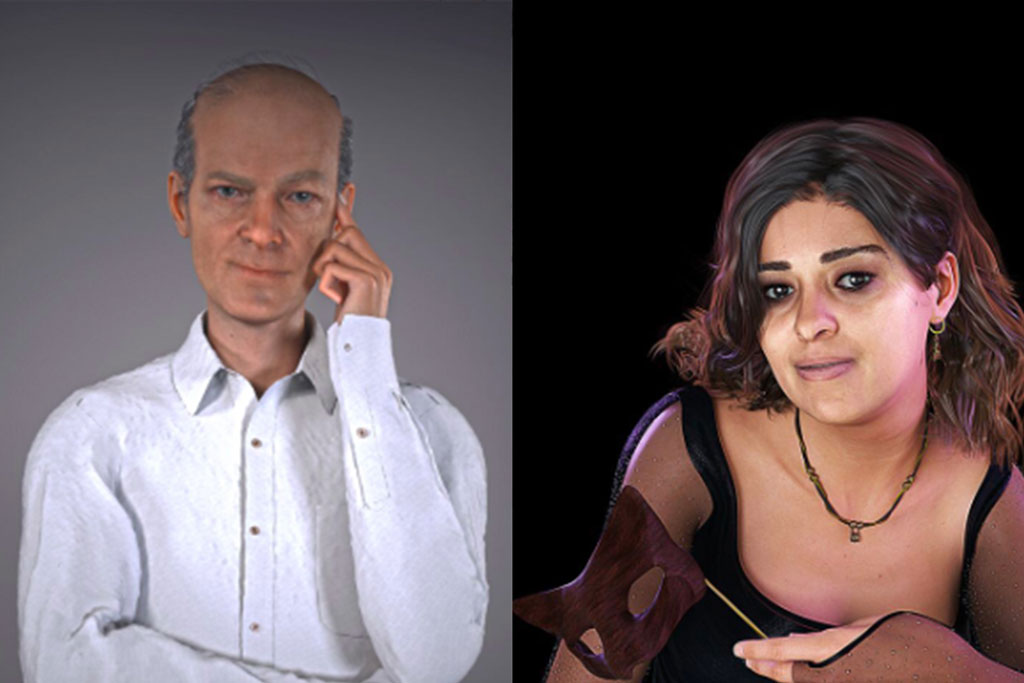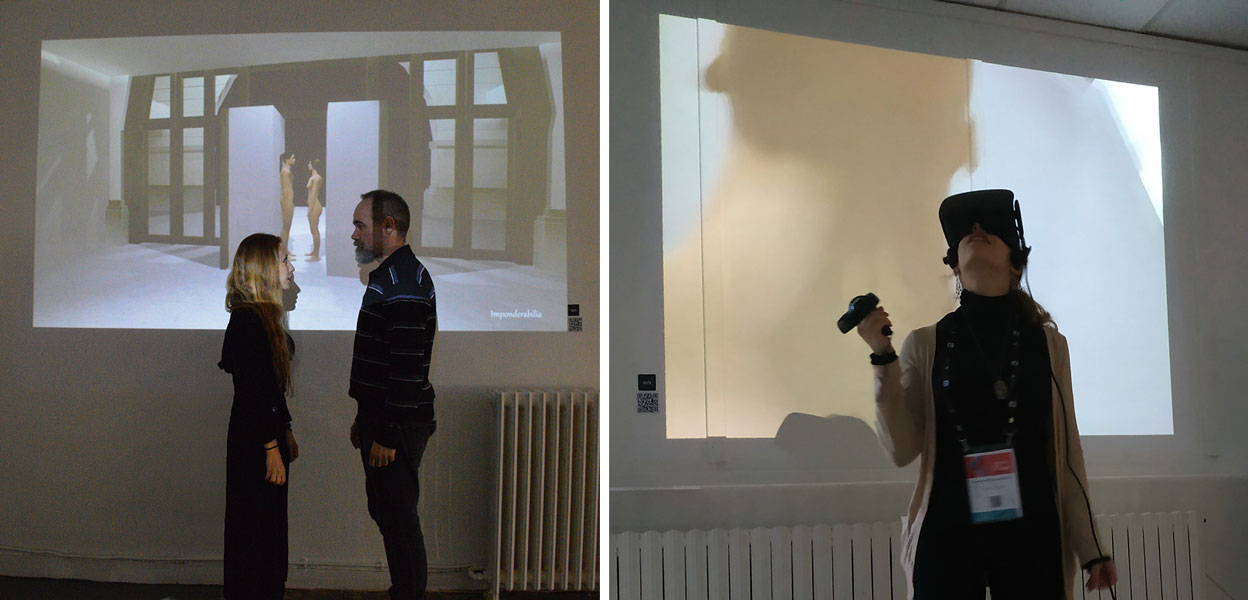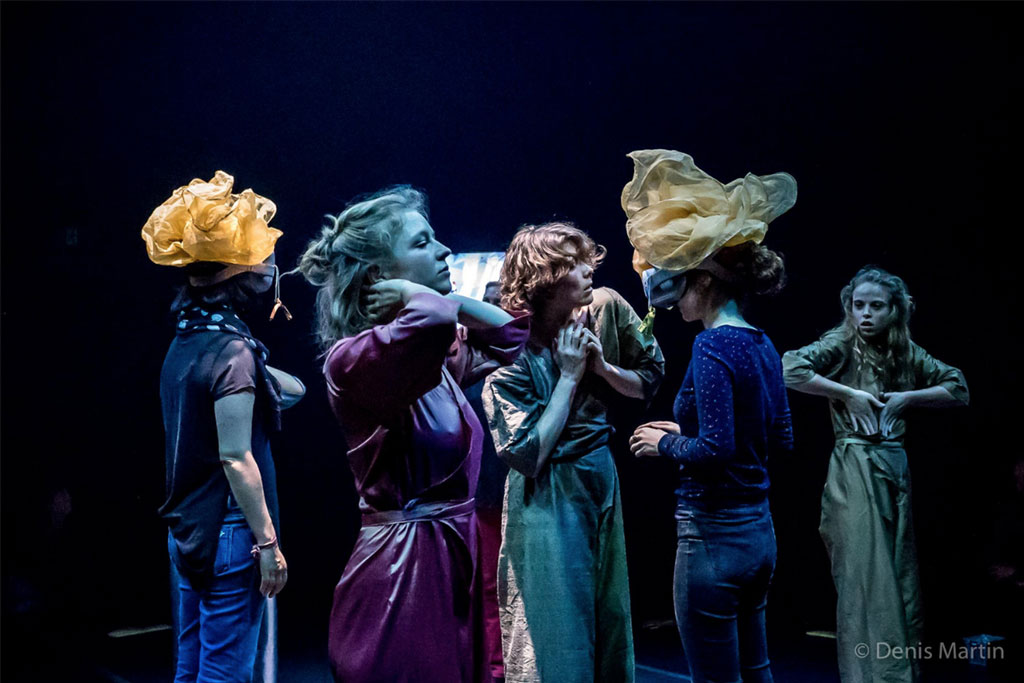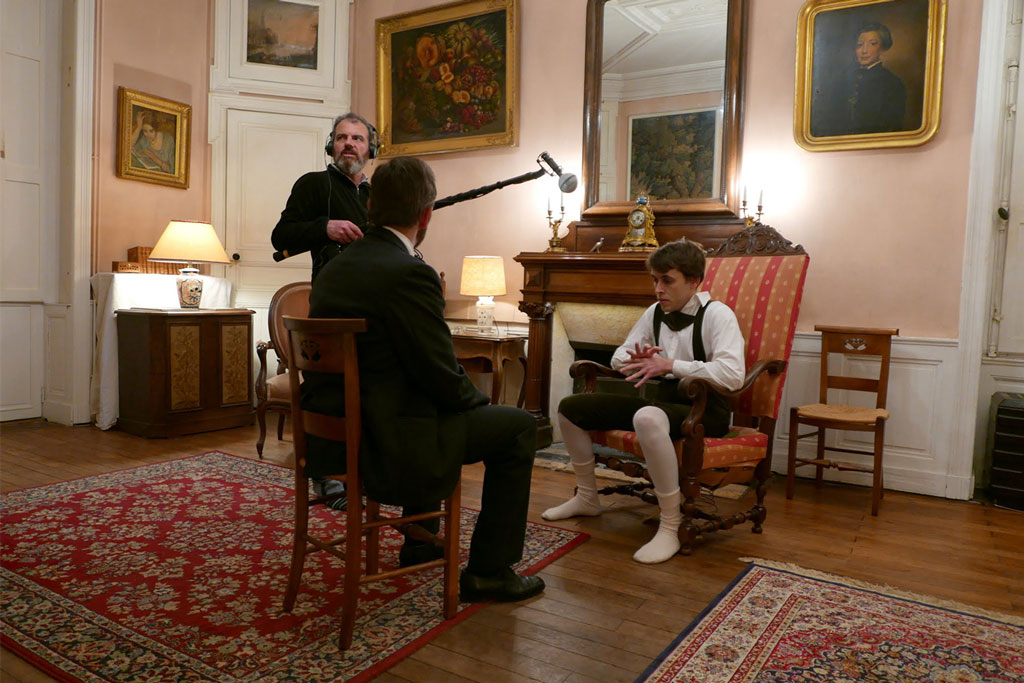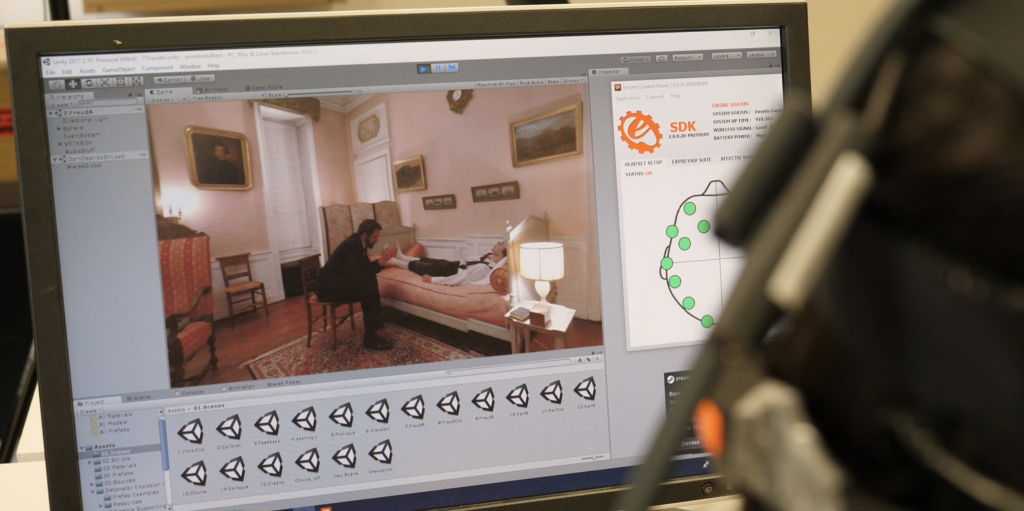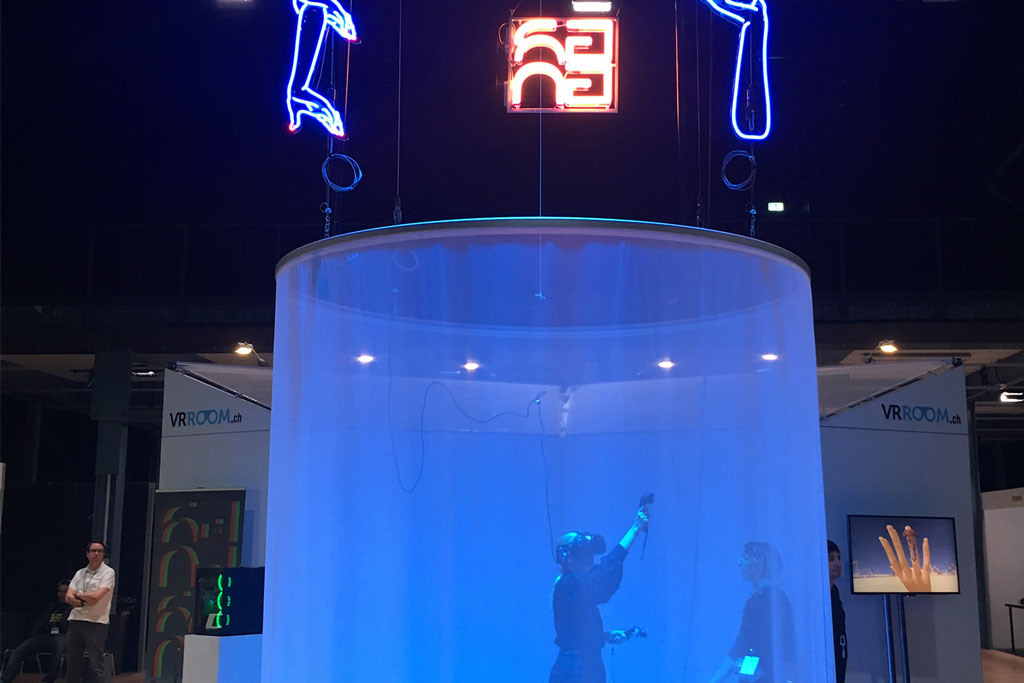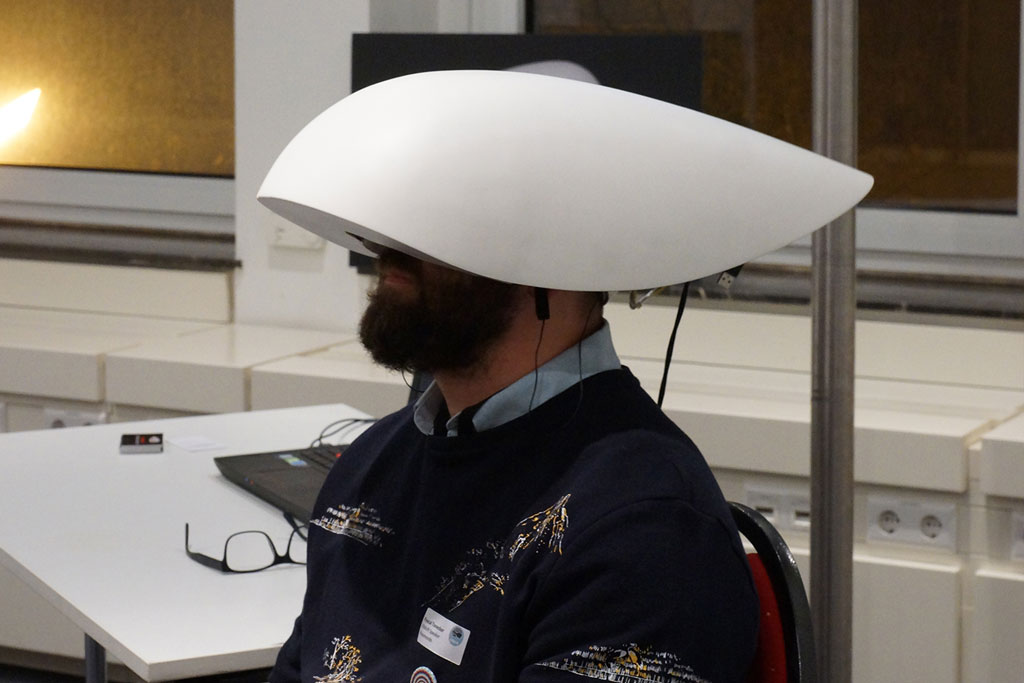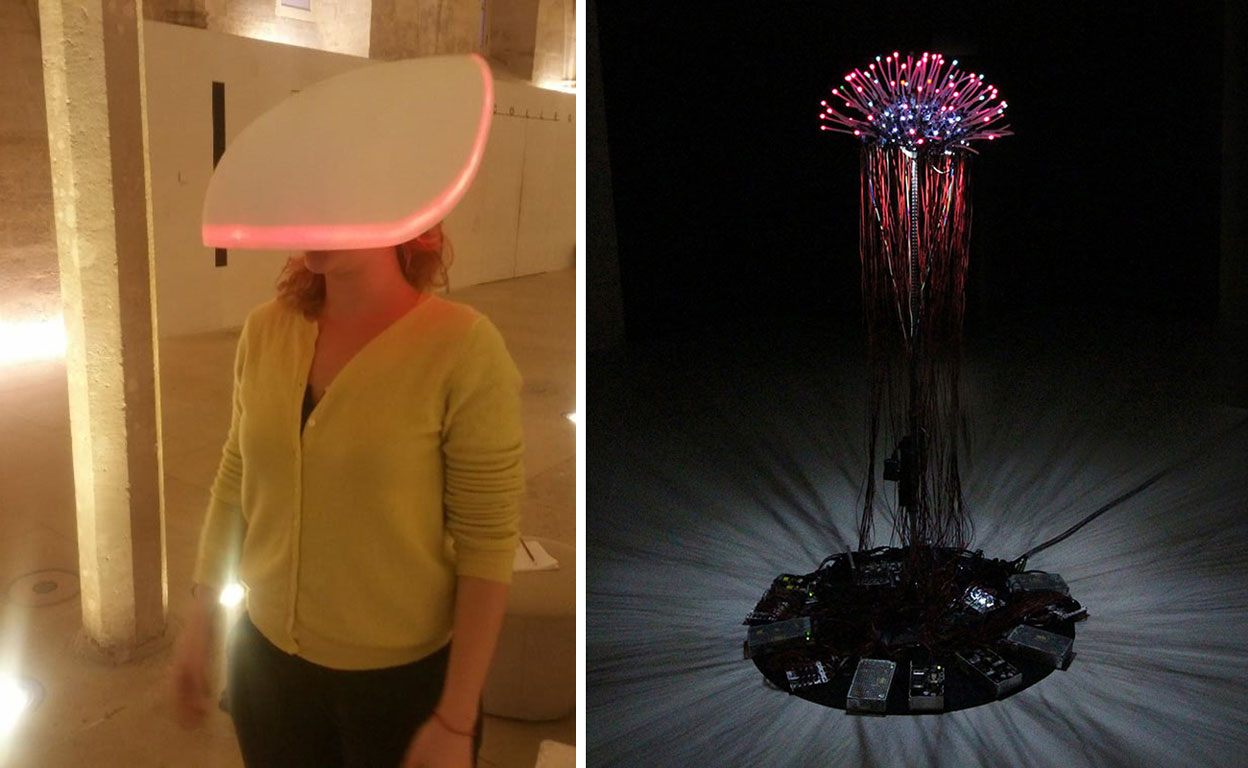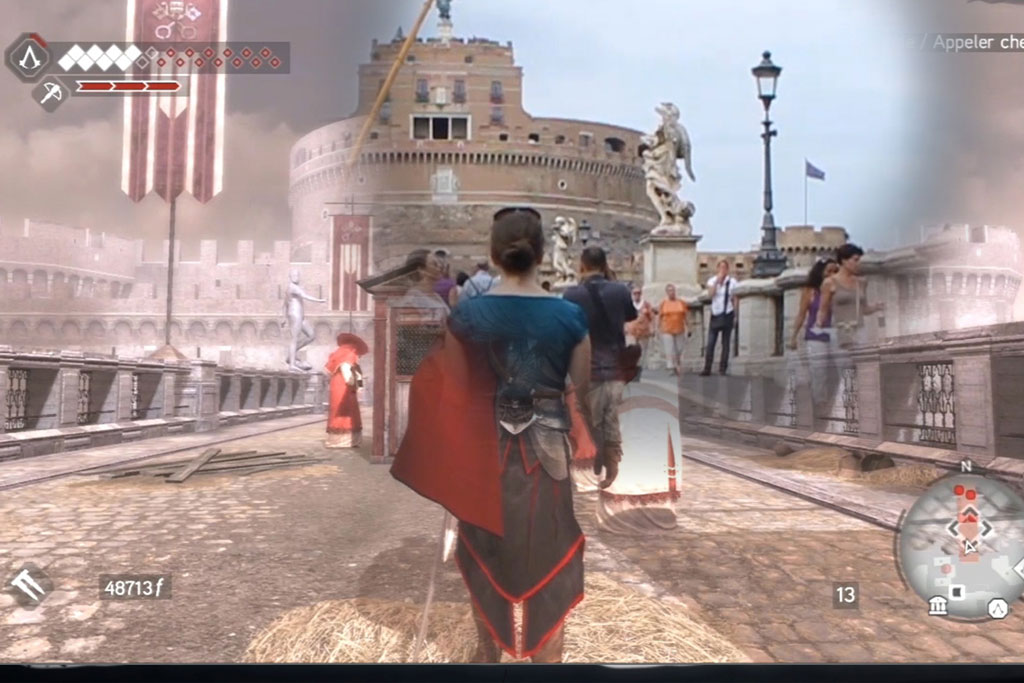ART-PRESENTATION: Illusion Réelle / Illusion Virtuelle
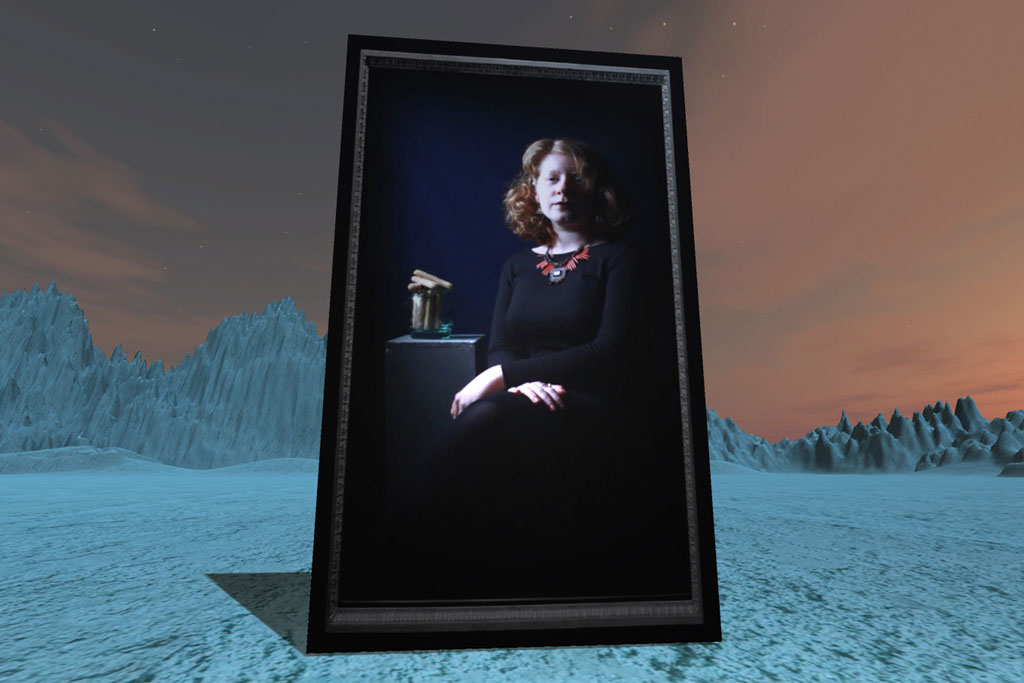 Since 1999, Laval Virtual is the European leader in the New Technologies sector and uses of Virtual in Industry, Marketing, Heritage, Medicine, Training and many more fields. Every year, the Laval Virtual Centre hosts an exhibition, with more than 350 exhibitor and 20.000 attendees per year, and a conference which aims to highlight the trends and prospects of the immersive technologies.
Since 1999, Laval Virtual is the European leader in the New Technologies sector and uses of Virtual in Industry, Marketing, Heritage, Medicine, Training and many more fields. Every year, the Laval Virtual Centre hosts an exhibition, with more than 350 exhibitor and 20.000 attendees per year, and a conference which aims to highlight the trends and prospects of the immersive technologies.
By Efi Michalarou
Photo: Athina Kanellopoulou & Laval Virtual Archive
Innovation and New Technologies are essential success factors in every sector in terms of development and growth. Since 1999, Laval Virtual is the reference event of these evolutions and the European leader in the New Technologies sector and uses of Virtual : Industry, Medicine, Training, etc. Recto VRso is an international art exhibition and virtual and mixed reality which is held within the framework of Laval Virtual, its objective is to shine a light on the innovative dynamics of the use of virtual and mixed reality by artists, who question the development of this technology at the technological, scientific and artistic frontiers. Founded by the artists-researcher Judith Guez, Recto VRso aims to invite artworks of artists, researchers, students and explorers who directly or indirectly question the medium of virtual reality, in such a way as to make appear new artistic forms. “Illusion réelle / Illusion Virtuelle” was the title of the Exhibition of the 2nd Recto VRso (Art Gallery) that was unfolded in the spaces of : Centre de Culture Scientifique, Techbique et Industrielle (CCSTI), Musé École de la Perrine, Musée d’Art Naïf et des Arts Singuliers, Théatre de Laval, Orangerie, Espace Alain Gerbault and Bateau-Lavoirand Bains-Douches. Among the projects that were on presentation the Virtual reality installation “LEVITATION” (2017) by David Guez and Bastien Didier, an experimental artistic device aimed at modifying certain human cognitive and sensory abilities by immersing viewers in a hyper realistic virtual 3D space where they can practice levitating. Equipped with a VR helmet, a neural headset, the viewer finds himself in a world in 3D reconstructing hyper realisticallyof the real space in which it is located. He has access to the program LEVITATION which offers him concentration exercises allowing him to levitate various objects in 3D to the aerial limits of the place of exhibition. In Athina Kanellopoulou’s prototype of “International Virtual Archive of Performance Art (IVAPA)” (2019) visitors were using the VR Headset and a projection of the vision of the user revealed to the audience the well-known performance “Imponderabilia” (1977) by Marina Abramovic and Ulay. Athina Kanellopoulou “parent” of the project had created a real illusion of experiencing the performance in a virtual replica of the museum of Bologna. Visitors had to pass by the two naked bodies of the two performers (un-existed in actual reality). As Athina Kanellopoulou said “Something very interesting, about this project, is that most of the audience walked sidewalks for passing through the virtual 3D entrance without taking any instruction. They acted like the actual visitors of the Bologna Museum back in 1977 even if performers were virtual”. Inside the virtual gallery were two more digital replicas of performances, “Mirror Check” (1970) of Joan Jonas and Bruce Nauman’s “Dance or Exercise in the perimeter of a Square” (1967-68). “International Virtual Archive of Performance Art (IVAPA)” was built for VR Headset usage as Athina Kanellopoulou designed, collaborated with Nikos Belomatis. Marie-Laure Cazin is a Fine Arts teacher in the High school of Arts and Design ESAD-TALM (France) and in Paris 1 Panthéon-Sorbonne. Part of the Enactive Virtuality Research Group, in BFM, University of Talinn. Her “Freud’s Last Hypnosis” (2018) is a neuro-interactive 360 ° VR film combining VR and EEG headsets, in which the spectator’s emotions are captured by EEG sensors, combined with the display on the head, and analyzed in terms of emotions. In real time, the viewer’s inner experience changes the soundtrack of the film and some visual effects. Akira Nakayasu works across digital media and robotics, and often collaborates with the theatrical world, contemporary music and dance. The “Tentacle Flora” (2018) is a robotic sculpture inspired by a vision of a colony of the sea anemone growing on the coral. A shape-memory alloy actuator is used as tentacles and is composed of a BioMetal Fiber such that it can bend in three directions. The top of the actuator glows softly mimicking a bioluminescent organism using a full colored LED. The Tentacle Flora induces the beauty, wonder, and existence of living sea anemones in the depths of the ocean. The first prototype of the “HanaHana 花華 was finished in 2017 by Mélodie Mousset, in this artistic VR experience you are the creative life force within a surreal VR sandbox. You can sprout hands, grow chains of hands and construct anything you can imagine from this root component. The metaverse is persistant over multiple players and features a multi-user option. The more users create hands the more the world generates a dynamic life of its own. “The Scream VR” (2018) by Sandra Paugam & Charles Ayats is a sensory-driven experience giving life to Edvard Munch’s thoughts and demons. It takes the form of a real-time 3D interactive installation developped for the HTC Vive. The authors have come up with, what we believe is, a brand-new kind of project, innovative not only in its use of virtual reality but also in its writing, which plays both on documentary and fiction codes. It all starts in a museum hall, where the viewer is free to walk around and interact with the space. As he turns his gaze to the painting, he is thrust into another world, an imaginary sensory-packed world. A world on the outskirts of reality that taps into the painter’s psyche and unfolds in four chapters.
